Almost a third of new vehicles don't come with a spare tire, but that's no reason to pick up this problem-causing goo.
BY:
SEAN FLYNN
DealNews Contributing Writer
You might get it because a tow feels too expensive. You might get it because it seems easier than changing a tire. You might get it because you don't have a spare. But no matter why you're picking up that can of tire sealant, our advice is: don't!
If you're tempted to replace your spare tire with a can of Fix-a-Flat, Slime, or some other tire sealant, read on to see why stop-leak solutions are a terrible idea for tire repair.
These products inject a sealant into your flat tire to seal the leak, and a gas to fill the rest of the tire. But sealants leave goo inside the tire, and it's a real hassle for tire shop employees to get all of it off the wheel when they do a tire repair — especially if it's dried on. That could cost you when it's time to replace the tire; worse, the substance could even damage an otherwise repairable tire.
Tire sealants can potentially damage an otherwise repairable tire.
Sure, Fix-a-Flat's FAQ says its product "will not cause harm to most tires when used as directed." But which tires aren't included in that "most tires" caveat? Are your tires the wrong ones? Who knows! It's better to carry a spare tire — or opt for roadside assistance, which will cover more than just flat tire issues.
Tire sealant can freeze, making it unsuitable for most winters in the U.S. If it freezes in the can, you'll have a heck of a time defrosting it — time you could be waiting for a tow truck instead. Even if you thaw the tire goo out, it could still refreeze inside your tire, knocking your wheel out of balance.
Run-flat tires exist. According to research from AAA, 28% of 2017 model year vehicles didn't come with a spare.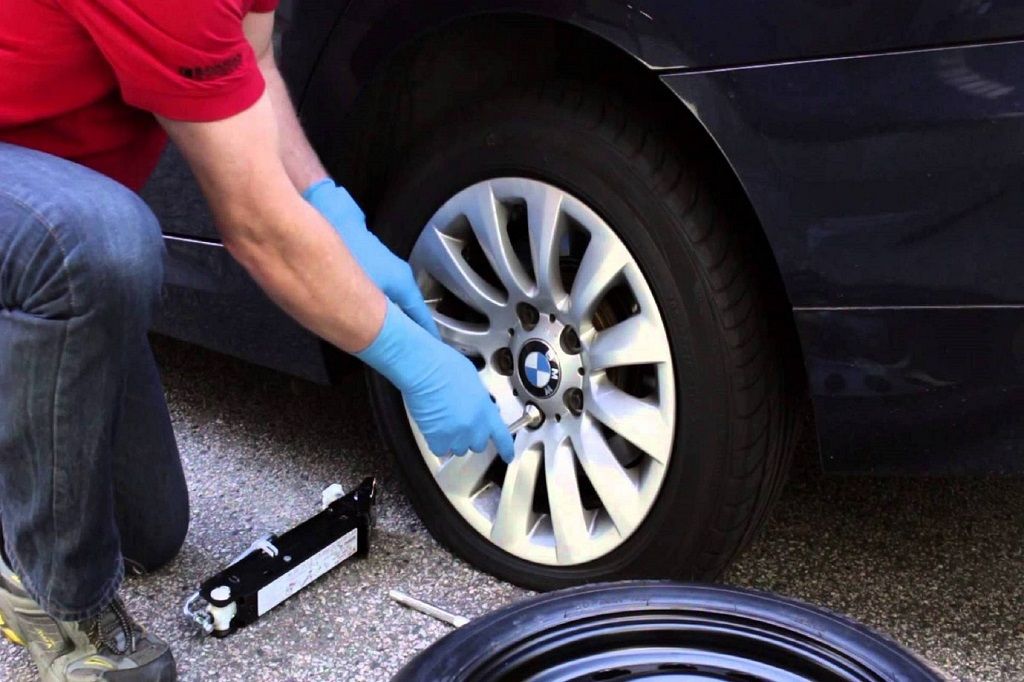 If you drive one of those cars, you can bet dollars to doughnuts there are run-flat tires either on or available for your car. Depending on the tire type, they can allow you to drive cautiously on a flat tire for up to 100 miles without damaging your wheel. Nearly every new BMW, many Cadillacs, plenty of Mercedes, and even some Toyotas come with run-flats — just to name a few.
If you drive one of those cars, you can bet dollars to doughnuts there are run-flat tires either on or available for your car. Depending on the tire type, they can allow you to drive cautiously on a flat tire for up to 100 miles without damaging your wheel. Nearly every new BMW, many Cadillacs, plenty of Mercedes, and even some Toyotas come with run-flats — just to name a few.
SEE ALSO: Which Motor Oil Is Best for YOUR Car?
Tire sealant is only useful if you've got a slow leak in the tire or a small hole. If you suffer a more serious encounter — say, with construction debris — the tire goo will not save you. But you won't know if your tire is beyond repair until it's spewing slime all over itself on the side of the road — and maybe all over you.
Every new car sold in the U.S. in the last decade or so has had a tire pressure monitoring system, which can alert you to a leaking tire before it becomes a critical issue. Tire sealants can clog your TPMS. If it's not cleaned promptly, this could ruin a sensor.
Tire sealants can clog your TPMS. If it's not cleaned promptly, this could ruin a sensor.
Tire sealants can clog your tire pressure monitoring system. If it's not cleaned promptly, this could ruin a sensor.
A clog isn't the only thing to worry about. If you leave some sealants in the flat tire for too long, this could also damage a sensor. Still, some tire sealant companies insist their product is TPMS-safe — and some car manufacturers specifically say not to use tire sealants.
If you're a motorcycle rider, tire sealants definitely aren't for you. Tire sealants like Fix-a-Flat and Slime are intended for use in the tubeless tires found on cars and trucks. Some motorcycle tires still have tubes, and the goo won't even seal a tube leak, much less keep it closed. Further, throwing the wheel balance out of whack is more dangerous on a motorcycle than a car.
Even sealant brands such as Fix-A-Flat warn against using their products on motorcycles.
If you're too busy to deal with and fix a flat tire properly, you're definitely too busy to deal with a costly car repair.
When you fill a tire with goo, you're supposed to proceed directly to a tire repair professional. But sometimes it's Sunday, the shop is closed, and you can't get there until Monday evening because you still have to go to work. But then you have just one more errand to run, and then it's time for dinner.
SEE ALSO: 5 Ways to Prepare Your Car for Winter
Whatever the reasoning, if the sealant sits for too long, it can harden and corrode your wheels. Maybe it'll freeze, or dry funny, and now your tire is severely out of balance. Maybe it takes out your TPMS sensor. Suddenly that cheap repair costs hundreds of dollars.
Manufacturers once used dimethyl ether for the gas in Fix-A-Flat, which is highly flammable. Road debris stuck in your tire could create sparks, potentially igniting that compressed gas. Luckily, this isn't the case anymore.
Road debris stuck in your tire could create sparks, potentially igniting that compressed gas. Luckily, this isn't the case anymore.
Any canned compressed gas is dangerous if you throw it into a fire. But manufacturers have generally switched to using HFC-134a (or a comparable propellant) in tire sealants, which is nonflammable. If you've got an ancient can of sealant lying around, dispose of it carefully. But if your tire sealant uses a nonflammable gas like HFC-134a, there's no need to worry about explosions.
You still shouldn't use it, though.
Readers, do you carry a can of tire sealant in your car? Or do you opt for a spare tire and/or roadside assistance? Let us know how you fix a flat tire in the comments below.
Sean Flynn
DealNews Contributing Writer
Sean is a freelance writer and photojournalist working in the Hampton Roads region. He has been a writer, adventure motorcyclist, drag racer, data nerd, shade-tree mechanic, and tornado chaser. Recommend good beers to him on Twitter at @wxgeek.
He has been a writer, adventure motorcyclist, drag racer, data nerd, shade-tree mechanic, and tornado chaser. Recommend good beers to him on Twitter at @wxgeek.
DealNews may be compensated by companies mentioned in this article. Please note that, although prices sometimes fluctuate or expire unexpectedly, all products and deals mentioned in this feature were available at the lowest total price we could find at the time of publication (unless otherwise specified).
“Is fix-a-flat bad for my tires?” The answer is “not yet”. If you have heard the frightening popping sound showing a flat tire, then you know how terrible it could be while you are driving. Although most of the vehicles have a spare tire (at least), but sometimes you need to select an easier solution. Using the fix-a-flat product might not involve a jack and a lug.
Fix-a-flat product is made to inflate flat tires through an aerosol can.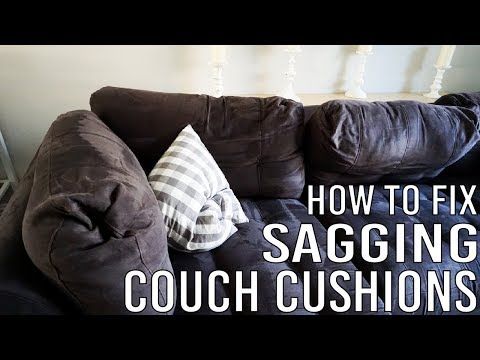 With a special substance (dry and solid), it might cover up a tire to fill in a big hole. Tires do not lose air inside. Is fix-a-flat bad for tires? The fix-a-flat product probably repairs a tire in some cases, but this is not the most tremendous solution. It depends on the current state of your tires.
With a special substance (dry and solid), it might cover up a tire to fill in a big hole. Tires do not lose air inside. Is fix-a-flat bad for tires? The fix-a-flat product probably repairs a tire in some cases, but this is not the most tremendous solution. It depends on the current state of your tires.
When choosing the fix-a-flat product, you should recognize that the method has both positive and negative sides.
Pros
Cons
Fix-a-flat can work well on liquid sealant and air. When using this method, air ought to push the sealant to the tire. The liquid sealant foam pervades any hole in tires. At that time, the air goes on its function – filling the tire till it is harder. You can drive the vehicle again.
When using this method, air ought to push the sealant to the tire. The liquid sealant foam pervades any hole in tires. At that time, the air goes on its function – filling the tire till it is harder. You can drive the vehicle again.
As a temporary solution, use fix-a-flat on tires about 3 days or 100 miles only. Find a repair store or the customer of the brand to resolve the problem.
Fix-a-flat is an incredible option for covering any holes in a tire as you have realized the damage. It enables you to drive the vehicle temperately so that you could find the closet repair station.
Thus, you could hold a fix-a-flat can in the car at any time, especially when you have long-hour roads.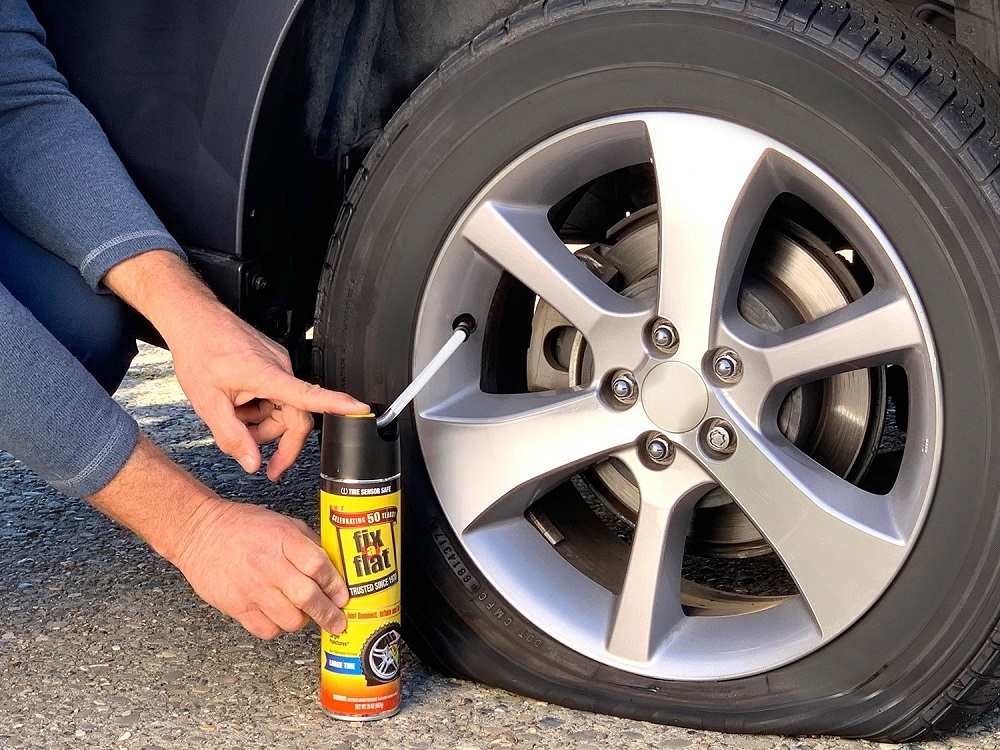 By keeping that product, you are not worried about losing air in the tires or other types of accidents on the go.
By keeping that product, you are not worried about losing air in the tires or other types of accidents on the go.
 Keep the cap in a visible place because you have to put the valve back.
Keep the cap in a visible place because you have to put the valve back.
Is the fix-a-flat bad for my tires? As an aerosol water-based sealant, the fix-a-flat fills a hole and inflates a tire in a pinch. It prevents possible incidents from a bad tire on the road. There are many options based on the tire category, materials, and sizes. Find and decide which can is the most suitable for your vehicle. Then, bring some bottles in the car for urgent situations.
This post was last updated onFebruary 14 Right
It is better to specify all the conditions in the lease agreement. What to do when it is not, we deal with a lawyer.
Share
0 Situation: you rented an apartment with furniture and household appliances, you live happily ever after. After a while, the washing machine breaks down. Are you sure that the unit has stopped working due to old age. He was quite a few years old, so the engine simply wore out. Therefore, it is the owner of the apartment who must replace the equipment, because you rented an apartment with a typewriter. But the owner does not agree with you. He believes that you used it when it stopped working, which means that the repair is on you. Let's try to figure out which side is the truth.
After a while, the washing machine breaks down. Are you sure that the unit has stopped working due to old age. He was quite a few years old, so the engine simply wore out. Therefore, it is the owner of the apartment who must replace the equipment, because you rented an apartment with a typewriter. But the owner does not agree with you. He believes that you used it when it stopped working, which means that the repair is on you. Let's try to figure out which side is the truth.
In an ideal situation, the procedure is determined by the contract concluded between the tenant and the owner of the apartment. Unfortunately, often the parties decide to do without this document. The initiators are most often homeowners who do not want to pay taxes.
Therefore, the procedure for clarifying the relationship will be somewhat more complicated. According to the law of the Civil Code of the Russian Federation, article 616 “Obligations of the parties for the maintenance of the leased property”, the lessor is obliged at his own expense to overhaul the leased property, and the tenant is the current one.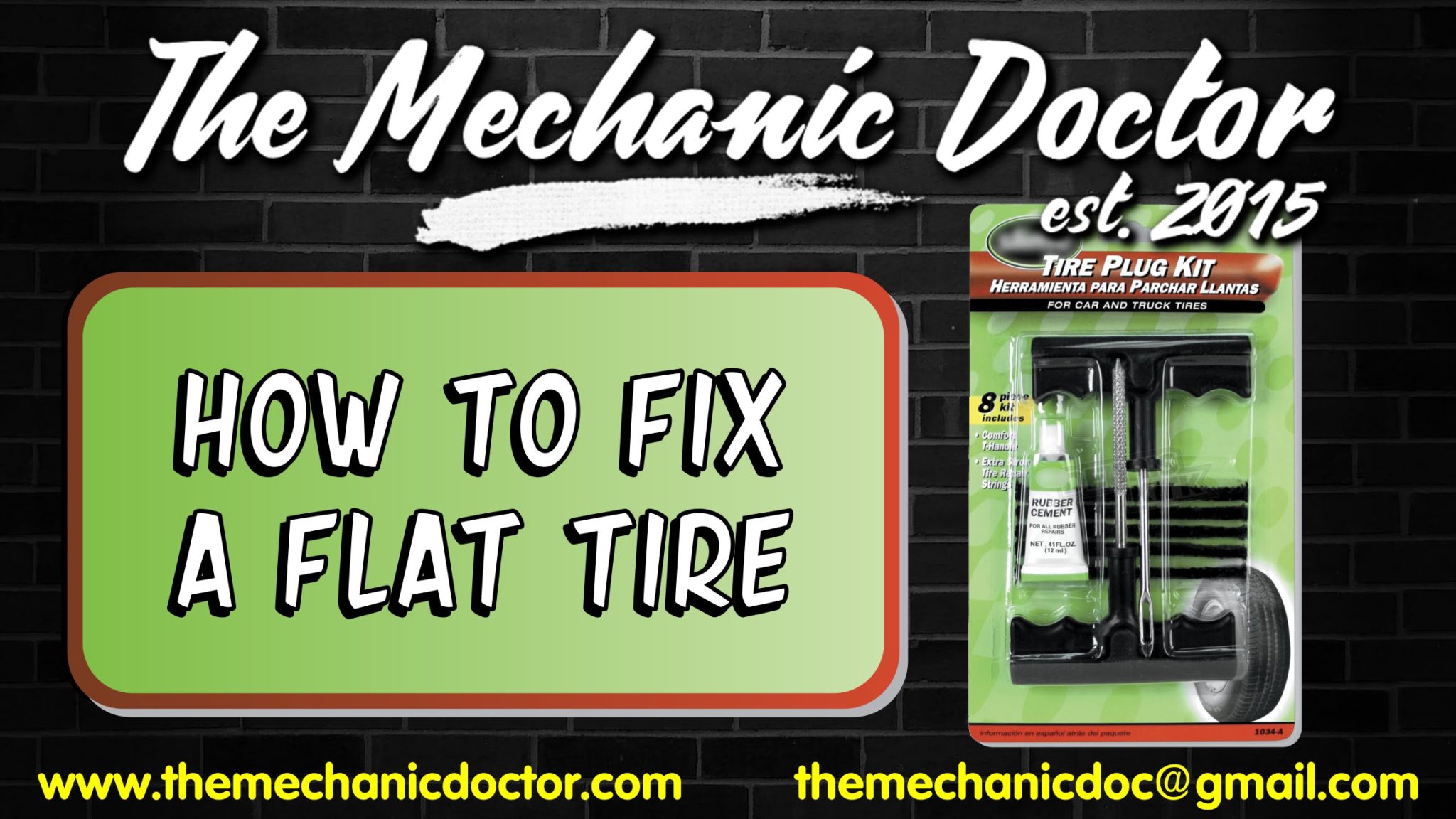 But this does not sound very clear when it comes to, say, a refrigerator or a tap.
But this does not sound very clear when it comes to, say, a refrigerator or a tap.
According to the lawyer of the European Legal Service Maria Zamolotskikh, if there is no contract or there are no areas of responsibility in it, much will depend on what happened and who is to blame.
If the tenant's cat dropped the TV from the shelf and the screen broke, it's obvious. But it happens that a tap or pipe is torn due to water hammer. The tenant is not at fault here. The owner too, but he can try to get compensation Boiled water served in bed / Rossiyskaya Gazeta from a resource supplying organization or management company. If something broke due to natural wear and tear, questions to the owner of the property.
Maria Zamolotskikh
European Legal Service lawyer.
However, it is the tenant who will have to prove that it was not he who broke something, but it stopped working due to natural wear and tear or the defect arose before he moved in. This can be done by contacting an expert organization. She will conduct an examination and issue a conclusion.
She will conduct an examination and issue a conclusion.
The costs are likely to fall on the tenant, although you can try to share them equally with the owner of the apartment.
Both parties can protect themselves by signing an agreement that defines the terms of the division of liability. For example, they will just indicate who pays for the examination in order to find out whether wear was natural or not.
Maria Zamolotskikh advises the tenant, when signing the contract, to carefully inspect the apartment and everything in it: walls, floors, radiators, plumbing, faucets, household appliances.
Maria Zamolotskikh
Lawyer.
If there are signs that in the near future something from the property may become unusable due to wear and tear or an emergency condition, it is worth informing the owner of the apartment about this and asking to correct the defect. Otherwise, in the future, in the event of an accident, the owner may try to shift the responsibility to the tenant.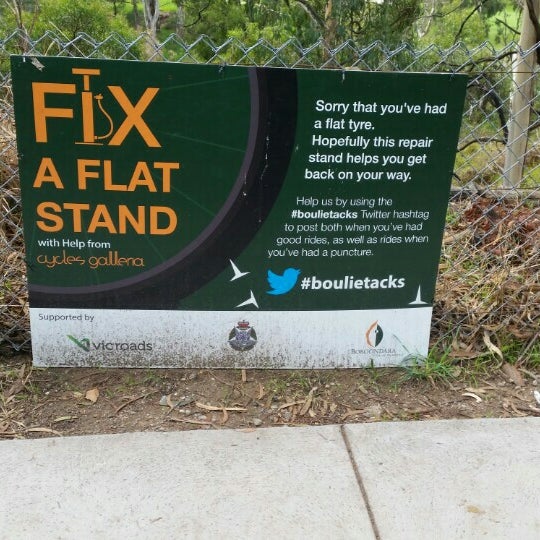
Defects that do not need immediate correction and do not affect operation are also better indicated in the contract. When moving in, scratches on the laminate flooring may seem like nonsense to the tenant. And when leaving, the owner can easily pretend to be amnesia and say that it was the tenant who ruined the floor, and therefore the deposit will not be returned.
Suppose the tenant replaced an old working crane with an ultra-modern one. When leaving, he can easily take his purchase with him. The main thing is not to forget to return the old equipment to its place, because he rented an apartment with a crane.
But there is another category of improvements, which are called inseparable. For example, the tenant decided to re-paste the wallpaper. You won’t be able to take them with you when you leave, and the money is invested. If the tenant made any inseparable improvements, he can demand compensation from the owner. But there are nuances here.
But there are nuances here.
Maria Zamolotskikh
Lawyer.
Such improvements must be made only with the written consent of the owner. If this is not done, it is likely that the tenant will also compensate for the damage. After all, such amateur performance may not seem like an improvement to the owner.
The algorithm for making inseparable changes, their list and the procedure for distributing expenses are also indicated in the lease agreement.
Read also 🧐
Well, how could this happen? We ask ourselves this question immediately after the repair, soberly assessing the work done. Global housing alterations, which were done thoughtfully and measuredly, resulted in mistakes that could easily have been avoided. Wrong tile colors. Lack of outlets. Poorly insulated pipes that make noise every time the neighbors flush the water. Little things, but very unpleasant. How to protect yourself from regrets after repair.
Wrong tile colors. Lack of outlets. Poorly insulated pipes that make noise every time the neighbors flush the water. Little things, but very unpleasant. How to protect yourself from regrets after repair.
Spontaneity of repair: nowhere without a plan If you start repairs without a pre-planned plan, then the result will be appropriate. Do not even think about peeling off the wallpaper and buying a new laminate until you have thought through all the details. Decide on the color scheme, furniture placement, outlet locations, etc. And do not forget that you will not succeed in any design without a clear design project with all the calculations.
Uneven floors If you plan on finishing surfaces, be sure to check the floors for evenness. Minor differences on the walls can be easily leveled with the help of furniture, but uneven floors will make themselves felt immediately. It would seem that the tiles are laid, there are no visible irregularities, and the leg of the kitchen table does not adjoin the floor. The main rule in this case is to use building rights in advance and lo. By the way, with the help of this tool, you can also check the work already done by the repair team.
The main rule in this case is to use building rights in advance and lo. By the way, with the help of this tool, you can also check the work already done by the repair team.
Too light or dark flooring
There is no escape from dust and debris. There is always plenty of this goodness in the apartment. And on too dark or, conversely, on too light flooring, debris is clearly visible. This means only one thing - you will have to clean a lot more often to get rid of the feeling that there are tons of garbage on your floor.
Savings on the quality of fittings and flooring You should never save on furniture fittings. In a month you will not even remember your frugality, but you will definitely be reminded of it. Non-closing and skewed doors, closers that could not withstand the daily load and torn silicone bumpers.
If you lay an inexpensive linoleum or a cheap laminate, you will definitely regret it sometime. Especially if you have to visit a house where the flooring is an array or parquet board. Do you really want that in the next 2 years you will face the question of ... a change of sex?
Especially if you have to visit a house where the flooring is an array or parquet board. Do you really want that in the next 2 years you will face the question of ... a change of sex?
Ill-conceived colors
Wrong color schemes can "kill" the space, regardless of the chosen style. Too bright and plain room will always resemble a sterile operating room, and a monochrome room will give odds to any design in terms of impracticality.
If you are not a professional designer, or at least do not have a sense of beauty, then forget about decorating the rooms yourself. Of course, if you do not specifically seek to ensure that kitsch and bad taste reigned in your home. When choosing a color, it is important to take into account a lot of factors, including the psychotype of the household, the purpose of a particular room, as well as zoning. A well-designed color scheme determines how comfortable your home will be subsequently. Therefore, even before buying finishing materials, think over every detail of the interior so that after the repair you do not suffer from imbalance and lack of harmony.
Not enough outlets Never skimp on outlets. Neither on the quality of electrical network connectors, nor on their quantity. Even if you know exactly the future location of furniture and household appliances, a couple of extra outlets still do not hurt. Otherwise, you'll have to save the day later with surge protectors, doubles/tees, and extension cords that will entangle your home like a cobweb. Even worse, you will need to ditch the walls, which will nullify all your efforts.
Incorrect installation of underfloor heating In our climate, underfloor heating is an ideal option that will make life even more comfortable. And the first rule to be observed in this case is: "Do not lay heating elements in the place where the refrigerator will stand." Everything is logical here - why heat up something that is designed to cool food? Compliance with the second rule will bring no less benefit. It is not necessary to place the heating elements of the floor heating system in those places where the furniture will stand. Everything here is explained by elementary savings. You need to heat only those parts of the floor on which you will walk.
Everything here is explained by elementary savings. You need to heat only those parts of the floor on which you will walk.
Non-European switches Many people are used to eye-level switches. But the European standard is much more convenient, according to which the household light switch should be located 80-90 centimeters from the floor. Forgetting this, we often doom our children to the constant delivery of high jump standards. Still often, after repairs, apartment owners regret that they did not duplicate the switches in the bedroom. It's so convenient - turn on the light at the door, and then turn it off, already lying in bed. This will eliminate the need to wander before going to bed in the dark.
Combining a bathroom with a bathtub Many thoughtlessly come to the conclusion that a combined bathroom and toilet is a great idea. Maybe. But only if your apartment or house has another restroom. Or you are the only inhabitant. Otherwise, the combined bathroom will turn into a source of constant discomfort.
Otherwise, the combined bathroom will turn into a source of constant discomfort.
Installing the bath exactly under the level If the workers from the repair team are going to install the bath strictly under the level, drive them in the neck. Such an installation of the tank will lead to the fact that water will always stagnate at the opposite end from the drain hole. So a slight slope to the drain point will not allow water to accumulate and dilute dampness.
Rough tiles in the bathroom and kitchen No one argues that rough tiles look just great. But if we are talking about the bathroom and kitchen, then first of all, the owner of the home must take care of the practicality of the flooring. Over time, dirt accumulates in the small cracks of the relief tiles, and cleaning the floor in these rooms turns into torture. Add to this the effort, time and money spent on special cleaning products, and you definitely want to limit yourself to something simpler.
No soundproofing of sewer pipes Soundproofing material on sewer pipes is not a whim or whim. This is your peace and tranquility. Do you want to hear every neighbor's water flush? Not? Then invest in polyurethane foam, which will dampen the vibration of the pipe walls and free you from listening to the "toilet arias" of your neighbors.
Entering an apartment with unfinished renovation
The renovation is about to be completed, but you are already tired of it so much that you are ready to move into an apartment where you still have to install sinks, order a dining table and buy chandeliers. Deciding to do this in the near future, you still decide to celebrate a housewarming party. But, as experience shows, nothing is as permanent as temporary. They say that patience and work will grind everything. Rely on your patience. It is better to move into an apartment where the renovation has come to an end than to live for another year or two in a place full of minor imperfections.